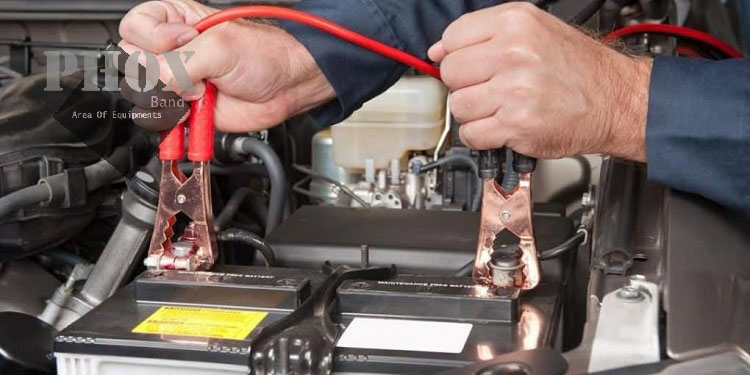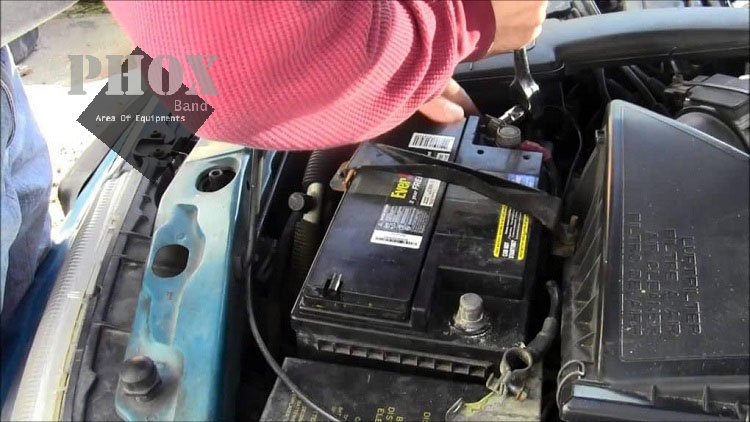A car battery is a rechargeable power source of a vehicle. It must be disconnected in order to carry out repair or replacements. Precautions must also be followed when carrying out the task since it is also a source of electric energy.

Learning how to remove car battery is crucial for your car to function properly. Without it, the operation of your vehicle’s components will not even start. Apart from repair and replacement, you also have to disconnect it to verify its efficacy.
Regardless of your purpose, there are steps on doing the work with care. If you want to begin the lesson, read through the excerpt:
What You Will Need to Remove a Car Battery

There are tools necessary to remove a car battery successfully. The following are materials you need to prepare:
- Protective Gear. You must have a set of safety goggles and gloves. (Keep a pair of chemical-resistant nitrile gloves handy in case you need to clean the area before removing and replacing the battery. Replace your soiled gloves with a clean pair before doing the actual replacement to keep the area clean after the job.)
- Wrench. The best advice is to get a 0.4-inch socket or wrench since it is the common size of nuts in battery cables.
- Pliers. Adjustable ones are best to use. While using the wrench, you need this tool to keep the nuts or bolts in place.
- Hammer. One to two taps can be helpful in detaching cables from its post, especially if it is firmly fixated.
Learn How to Disconnect a Car Battery Safely
Steps in removing a car battery must be followed with due care for you are dealing with an electrical source. Always take note that lethal electrical charge is emitted by the component.

To learn how to detach a car battery safely, here are steps to follow:
1) Choose a Secure Working Place.
You should park your car in an area that is leveled or flat. It must also be distant from open flames, sparks, or even traffic. After parking, you should put on the brake.
If there are smoking people nearby, you should find another location. Electricity is not the only the hazardous element during your work. A highly corrosive compound is also found in batteries, which is the sulphuric acid electrolyte.
2) Take Necessary Precautions.
Before going under the hood, you should wear your safety goggles and protective gloves. It is also necessary to keep your tools nearby. It is advised that you use a Styrofoam cooler’s cover, which can also serve as a handy tray for your tools.
Make sure that you have a few rags along as well. If you can prepare a mixture of water and baking soda, you should do so to clean the battery terminals.
3) Plug In The Memory Keeper.
Once your car is parked at a secure area, you can remove the cigarette lighter. Afterwards, you put in the memory keeper. This is also called complementary metal oxide semiconductor or CMOS.
It will keep the configuration of your GPS and radios from disposal, particularly when you detach the battery. As an alternative to CMOS, you should simply take note of all the important PINs of your car’s electrical components.
4) Find The Battery Location
In most cases, you will find the battery of your car by opening its hood. Alternatively, there are vehicles whose batteries are found elsewhere. If you want to avoid confusion, consult your car’s manual before popping its hood.
You can identify a battery given its standard rectangular shape. It has dual wires attached to its body. Some vehicles have power sources found inside the wheel well’s fender, below the back seat, or under the trunk’s mat.
5) Identify The Positive And Negative Terminals.
Normally, the positive terminal has a plus (+) label or red cap. It is also found near the connection post of the battery. Alternatively, the negative terminal has a negative (-) label or black cap.
It is in proximity to connector’s location. Also, it is customary to find the negative terminal first since you will be detaching it initially.
6) Remove The Cables
You should use a wrench to remove the nuts. Turning it must be done at a counter clockwise direction. After loosening the nut, you should pull the connector from the battery. It must be put aside to avoid contact with the car.
You should then perform the same for the positive connector. Again, avoid letting the connector from touching any of the vehicle’s components to prevent damage due to remaining current.
7) Lift The Battery

Now that the negative and positive terminals are all removed, you can proceed to disconnect the battery. Detach any bars, screws, or remaining clamps. Batteries can be heavy, so it is ideal to get assistance in lifting it.
This is when you can proceed to perform what you have to do, such as cleaning, changing batteries, or checking the efficacy of the power source.
Conclusion
Did you find this tutorial useful? Now that you are aware of how to remove a car battery, it will be easier to avoid getting stranded on the road. Always keep your tools handy to perform the detachment when necessary.
Instead of paying for a mechanic service, you can replace your battery when it is about to give out. Simply begin the process with safety precautions for your protection.
Please let us know what you think of this article by leaving a comment below. If you found this post useful, share it with your friends.
Related Articles

